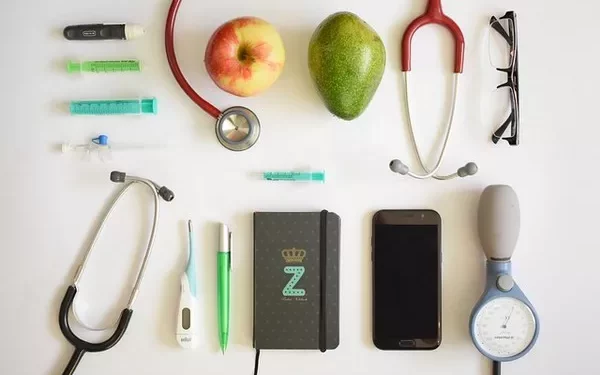Recent research from Case Western Reserve University has revealed that young people aged ten to nineteen face a significantly higher risk of developing type 2 diabetes (T2D) following a COVID-19 infection. The study found that this age group had a 55% increased risk of a new T2D diagnosis one month after being infected with the coronavirus, compared to peers diagnosed with a non-COVID respiratory virus. The elevated risk persisted at three and six months post-infection, raising concerns about long-term health impacts among young populations.
Research Overview
The study, published in JAMA Network Open, involved a comprehensive analysis of electronic medical records from over 614,000 U.S. patients, conducted by lead researcher Margaret G. Miller. The researchers examined the rates of new T2D diagnoses in 613,602 pediatric patients who had contracted either SARS-CoV-2, the virus responsible for COVID-19, or another respiratory pathogen. The analysis revealed a stark contrast in diabetes diagnosis rates between the two groups.
Half of the participants had been diagnosed with COVID-19, while the other half had other respiratory infections. The findings indicated that the risk of new-onset T2D was significantly higher for those infected with COVID-19, and this risk was consistent across genders and was similar among overweight individuals and those who had been hospitalized.
Possible Mechanisms Behind the Increased Risk
The authors of the study speculated on potential mechanisms that could explain the heightened risk of T2D following COVID-19 infection. They suggested that the additional metabolic stress caused by the virus might trigger the onset of diabetes in susceptible individuals. Recent research has also indicated that children with genetic predispositions may develop autoantibodies against pancreatic β cells after COVID-19 infection, further complicating their metabolic health.
Another potential factor is the virus’s ability to infect human pancreatic β cells directly. Although T2D is typically characterized by insulin resistance, the origins of the disease in newly diagnosed patients may involve multiple pathobiological causes rather than a singular mechanism. This complexity highlights the unique challenges faced by children with T2D, as they may experience a more severe disease process compared to adults, along with complications arising sooner after diagnosis.
Implications for Healthcare and Society
The findings have significant implications for public health and healthcare systems. In adults, meta-analyses indicate that individuals who have contracted COVID-19 face a 66% higher risk of new-onset diabetes, with studies showing varying increased risks ranging from 11% to 276%. Given the escalating rates of T2D diagnoses in both adults and now adolescents, healthcare systems may face increased costs and demand for diabetes management and treatment.
In 2022, the estimated cost of diabetes in the U.S. was $412.9 billion, with direct medical costs accounting for $306.6 billion and indirect costs related to disability, absenteeism, and lost productivity reaching $106.3 billion. Individuals with diabetes incur average annual medical expenses of $19,736, which is approximately 2.6 times higher than those without the condition.
Conclusion
The research underscores a troubling trend in which COVID-19 infection can lead to an increased risk of type 2 diabetes among young people. As the long-term health consequences of the pandemic continue to unfold, addressing this rising risk will require enhanced healthcare strategies and resources aimed at diabetes prevention and management. Public health officials, healthcare providers, and educators must work collaboratively to raise awareness about these risks and ensure that young people receive appropriate support and interventions to mitigate the potential impacts of post-COVID diabetes.
Related topics:
Hypertension Common in Early Rheumatoid Arthritis, Linked to Age and Diabetes



























